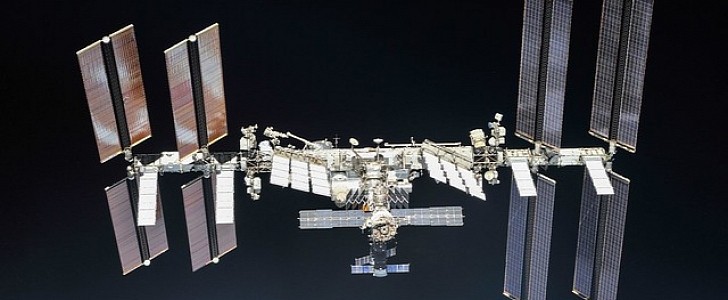Boeing may have had some issues with the Starliner spacecraft – a botched attempt to dock with the International Space Station being one of them – but that doesn’t take away the company’s other merits when it comes to space exploration. For one, did you know Boeing has been the main contractor for ISS ever since 1993?
That’s about five years before the first component of the station was launched to space. During this time, Boeing has been in charge with things like the engineering support services and providing resources needed by the orbital laboratory, and will do so for some more years to come.
Last week, Boeing and NASA announced an extension of the partnership to support ISS all the way to 2024, the year until, so far, support for the station has been promised by the U.S. government. For its services, Boeing will get $916 million.
“As the International Space Station marks its 20th year of human habitation, Boeing continues to enhance the utility and livability of the orbiting lab we built for NASA decades ago,” said in a statement John Mulholland, Boeing vice president and program manager for the International Space Station.
“We thank NASA for their confidence in our team and the opportunity to support the agency’s vital work in spaceflight and deep-space exploration for the benefit of all humankind.”
The International Space Station is currently the only man-made structure in space that can support human residents for long periods of time. Spinning around the planet at a height of 408 km (253 miles), it welcomed during its lifetime over 230 people from 18 countries, and has been continuously occupied since November 2000.
Despite its age and talk of a possible discontinuation of its use, ISS “continues to be safe and mission-capable,” NASA says. The space laboratory is the place where experiments are conducted in a microgravity environment not possible to replicate exactly on Earth.
One might wonder what did the ISS do for the bettering of the human race, seeing how not so many made-in-space objects are around.
Well, there are many things the station helped discover. It is there that we learned the human body is affected by prolongued stays in space, or that bacteria could survive space vacuum, or that combustion of fuel in space is more efficient.
Last week, Boeing and NASA announced an extension of the partnership to support ISS all the way to 2024, the year until, so far, support for the station has been promised by the U.S. government. For its services, Boeing will get $916 million.
“As the International Space Station marks its 20th year of human habitation, Boeing continues to enhance the utility and livability of the orbiting lab we built for NASA decades ago,” said in a statement John Mulholland, Boeing vice president and program manager for the International Space Station.
“We thank NASA for their confidence in our team and the opportunity to support the agency’s vital work in spaceflight and deep-space exploration for the benefit of all humankind.”
The International Space Station is currently the only man-made structure in space that can support human residents for long periods of time. Spinning around the planet at a height of 408 km (253 miles), it welcomed during its lifetime over 230 people from 18 countries, and has been continuously occupied since November 2000.
Despite its age and talk of a possible discontinuation of its use, ISS “continues to be safe and mission-capable,” NASA says. The space laboratory is the place where experiments are conducted in a microgravity environment not possible to replicate exactly on Earth.
One might wonder what did the ISS do for the bettering of the human race, seeing how not so many made-in-space objects are around.
Well, there are many things the station helped discover. It is there that we learned the human body is affected by prolongued stays in space, or that bacteria could survive space vacuum, or that combustion of fuel in space is more efficient.











